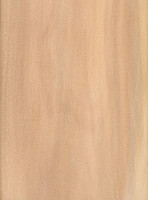 |
Common Name(s): Mexican Cypress, Cedar of Goa Scientific Name: Cupressus lusitanica Distribution: Mexico and Central America; also cultivated worldwide Tree Size: 65-100 ft (20-30 m) tall, 2-3 ft (.6-1 m) trunk diameter Average Dried Weight: 29 lbs/ft3 (470 kg/m3) Specific Gravity (Basic, 12% MC): .40, .47 Janka Hardness: 500 lbf (2,240 N) Modulus of Rupture: 11,080 lbf/in2 (76.4 MPa) Elastic Modulus: 1,264,000 lbf/in2 (8.72 GPa) Crushing Strength: 5,650 lbf/in2 (39.0 MPa) Shrinkage: Radial: 2.8%, Tangential: 5.9%, Volumetric: 8.1%, T/R Ratio: 2.1 |
Color/Appearance: Heartwood is a pale yellowish or reddish brown. Narrow sapwood is paler and usually clearly demarcated from the heartwood.
Grain/Texture: Grain is usually straight, though small knots are sometimes present, creating a more irregular grain pattern. Fine, uniform texture with a good natural luster.
Endgrain: Resin canals absent; earlywood to latewood transition gradual, color contrast low to medium; tracheid diameter small to medium; zonate parenchyma.
Rot Resistance: Conflicting reports on durability: from non-durable to moderately durable; mixed resistance to insect attack.
Workability: Overall easy to work with hand and machine tools, though areas around knots can be problematic. Reportedly difficult to steam bend. Glues, stains, and finishes well.
Odor: Most cypresses in the Cupressus genus have a distinct, fragrant scent.
Allergies/Toxicity: Although severe reactions are quite uncommon, Mexican Cypress has been reported to cause skin irritation. See the articles Wood Allergies and Toxicity and Wood Dust Safety for more information.
Pricing/Availability: Not commonly exported for sale, Mexican Cypress is oftentimes used locally for utility purposes. Prices are likely to be moderate for an imported softwood.
Sustainability: This wood species is not listed in the CITES Appendices, and is reported by the IUCN as being a species of least concern.
Common Uses: Construction lumber, poles/posts, musical instruments (flamenco guitars), and turned objects.
Comments: A fast-growing plantation tree that’s been widely cultivated both for ornament and economy.
- Alaskan Yellow Cedar (Cupressus nootkatensis)
- Gowen Cypress (Cupressus goveniana)
- Leyland Cypress (Cupressus x leylandii)
- Mediterranean Cypress (Cupressus sempervirens)
- Monterey Cypress (Cupressus macrocarpa)
None available.
 |
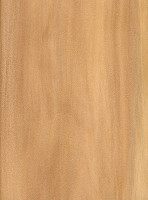 |
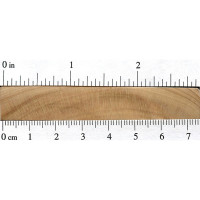 |
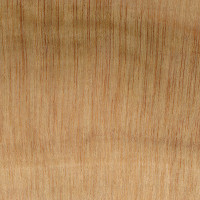 |


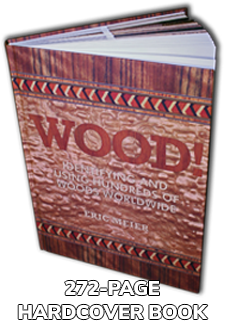


IS THIS SAME AS CUPRESUS MICROCARPA? IF NOT WHAT IS THE DIFFRENCE?
Here in mexico this wood is called Sabino. And its known to be very durable, like mezquite.
Unfortunately it`s not available as tonewood in the market.
regarding to it`s weight it is an excellent choice for an old fashioned Flamenco sound.